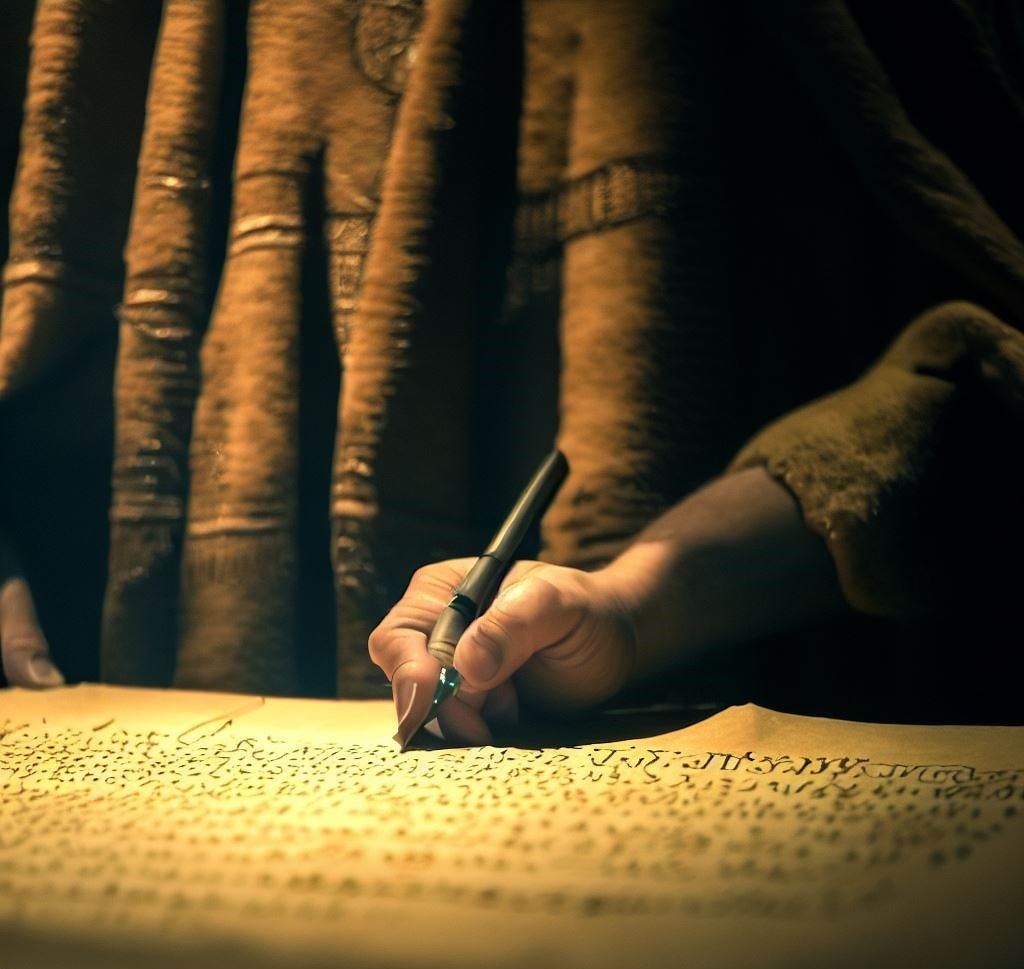A Declaration of Rights and Limits on Power
On a sunny June day in 1215, a group of English barons and King John met at Runnymede meadow along the River Thames. They were there to discuss and sign a document that would reshape governance and human rights for centuries to come – the Magna Carta. Known as the “Great Charter” in Latin, the Magna Carta declared rights and liberties for the barons while also seeking to curb the monarch’s arbitrary powers through legal limitations. It aimed to bring justice and fairness to a society weary of a tyrannical ruler.
Key Figures and a Determined Push for Accountability
While King John begrudgingly affixed his royal seal rather than signing the document himself, the true architects of the Magna Carta were the rebel barons who pushed for this historic agreement. Led by Robert FitzWalter, the barons were tired of John’s heavy taxes, imprisonment of enemies, and disregard for the law. They wanted accountability for the crown’s actions and rights protected for all freemen. Though just a response to one unpopular king, the Magna Carta laid a framework to establish justice beyond any single ruler.
Fundamental Principles Take Root
The Magna Carta spelled out concepts still core to democratic societies today, like due process under law and taxation requiring parliamentary approval. It also safeguarded powers of the influential Catholic Church. While John tried to nullify the charter, successors like Henry III and Edward I reinforced its provisions. Over time, the Magna Carta’s limitations on absolute power and assertions of individual liberty took root as bedrock principles of English law and government.
A Legacy That Resonates Worldwide
The Runnymede meadow signing in 1215 had ripple effects far beyond its time. It established the cardinal doctrine that no one, not even a king, was above the law. It curbed monarchs’ arbitrary authority by introducing checks and balances. And its championing of civil rights and rule of law inspired many future liberties documents. The American founders drew upon Magna Carta in drafting the U.S. Constitution, and it still holds symbolic weight internationally. Centuries later, the legacy of those defiant barons stands as a reminder that individuals can push authority to uphold justice and basic freedoms.
An Inspiration for Democracies to Come
The story of the Magna Carta signing reveals how far-reaching positive change can emerge from defiance of injustice. Though a response just to King John, the “Great Charter” implanted principles that revolutionized governance worldwide – that law should treat all equally and limit any ruler’s power absolutely. On the fields of Runnymede in 1215, the barons took a stand that still echoes in free societies enjoying due process, civilian oversight of leadership, and basic rights under law. Their efforts planted enduring seeds for the flowering of modern constitutional democracies everywhere Runnymede’s legacy of liberty is honored.
- British Library – Magna Carta: https://www.bl.uk/magna-carta . The British Library’s page provides including its history, significance, and digitized versions of the document.
- National Archives – Magna Carta: https://www.nationalarchives.gov.uk/museum/item.asp?item_id=16. The National Archives in the UK offer a detailed exploration of the Magna Carta the original document.
- History Extra – What is the Magna Carta?: https://www.historyextra.com/period/medieval/what-is-the-magna-carta/ . This article on History Extra provides insights into the Magna Carta’s background, its clauses, and its historical impact.
- BBC History – Magna Carta: https://www.bbc.co.uk/history/british/middle_ages/magna_01.shtml The BBC’s comprehensive guide to the Magna Carta includes articles, videos, and interactive features.
- National Geographic – Magna Carta: https://www.nationalgeographic.com/history/historical-maps/magna-carta/ National Geographic’s resource offers an interactive historical map and background information on the Magna Carta.
Originally posted 2023-09-11 22:00:00.

